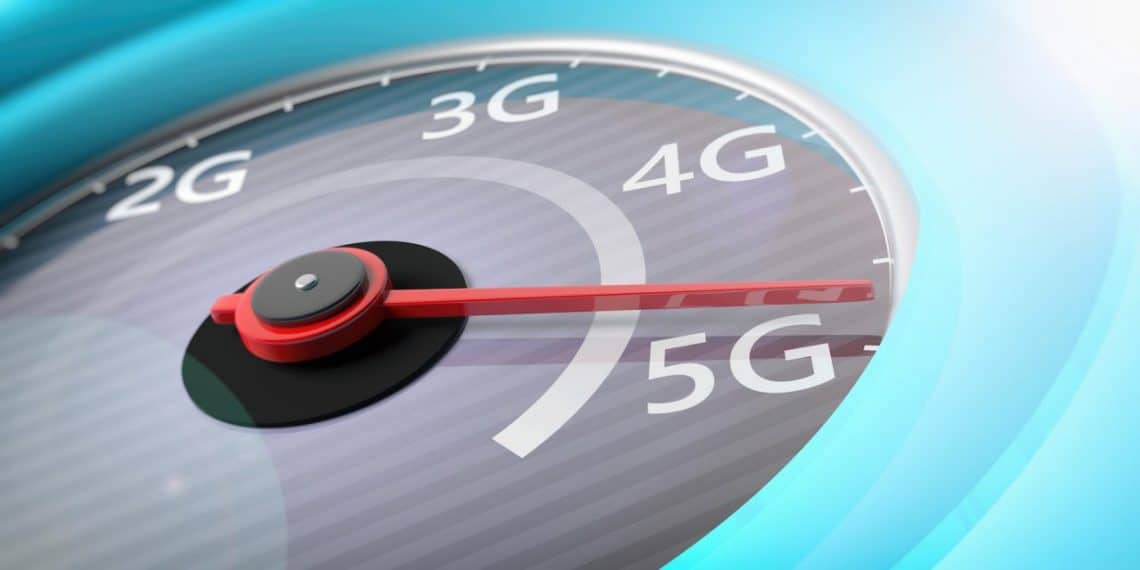In recent years, the internet has become a necessity. It is required for business and education purposes. Not only that, but it also helps individuals to stay connected with their friends and family members.
In some countries, internet speed is as fast as lightning but in some developing nations like Bangladesh, the internet speed is very slow that it almost seems like a dial-up internet connection of the 90s era.
One of the reasons for slow internet speed is that internet providers sometimes give false promises about their products without actually delivering them.
This is most commonly practiced while advertising the speeds of a plan and what they deliver in real.
It is also true that we cannot generalize the same for all the providers as Xfinity Internet is known for its outperforming throughput.
The company truly cares for your money and sets the right expectations while advertising.
Nonetheless, no one wants to be stuck with slow internet speeds as most of our daily life work depends on it.
Therefore, it is extremely important for you to know what internet plan you subscribe to and how much you are receiving in correspondence to your bandwidth requirements.
Anyways, let’s decide how much internet speed you really need:
The Internet Speed Required For Each Activity:
Streaming
Video streaming tends to consume most of the bandwidth, so any household streaming simultaneously on different devices needs to have enough internet speed to cater to the streaming needs of everything in a fast and efficient way.
Netflix recommends at least 3 Mbps for standard quality content and 5 Mbps is required for HD streaming. Similarly, two devices streaming HD content would require 10 Mbps altogether.
Video Calls
Each member of your family who uses Zoom needs at least 1.5 Mbps [RA1] of internet speed for one device. This is also the minimum download speed required for other video calling apps.
In case you’re doing large group calls, then 8 Mbps per individual makes sure that your conference software has enough space to work without cutting you off in the middle of a sentence.
Because video conferences entail receiving and sending real-time signals at the same time, some internet speed aspects such as a non-obstructed connection should be considered to get the most out of your video conferencing.
Chat and Emails
If you only use the internet for regular web browsing, social media, and email, you won’t require much more than 1 Mbps.
You might require additional bandwidth when sharing a photograph or video in messages, as well as when downloading bigger assets (such as images and files) from emails.
However, you do not need to be concerned about the plain text exchanges using your bandwidth.
Fortunately, you may continue your email or chat interactions while working on other tasks without facing interruptions from the internet.
That’s because Facebook Messenger, Slack, Google Hangouts, and other comparable apps don’t consume a lot of data.
Sharing Large Files
For transferring huge files, we recommend at least 10 Mbps download and upload speeds.
While most tasks you perform online have specific criteria, when it comes to professions that involve a lot of file sharing, the quicker your internet is, the better.
This is not to argue that fast internet rates are required to download and upload huge files, but it does help things run a lot faster and more smoothly.
Factors Affecting Speed While Working From Home
A lot of things influence the internet connection requirements while working from home, including the nature of the job, the programs being used for work, and also, most crucially, the number of individuals who use your home Wi-Fi.
More bandwidth is required if your children or roommate also play online games, watch Netflix, or work from home. You’ll also want quicker speed if you work with huge media and files.
The internet speeds recommended above in this guide are broad in nature.
You may require less or much more. Many ISPs provide consumers with a lot faster speeds up to 2 Gbps.
Aside from the speeds provided by your ISP, outdated hardware equipment, inefficient home connections, and network layout can all have an impact on your internet speeds.
Remember that the speed you sign up for is not usually the speed you receive.
Rather, you can reach the indicated speed as your available bandwidth is determined by other households’ network demand, your hardware, and the quality of your provider’s infrastructure, among other things.
In rare situations, such as when network demand is low, you may even receive higher speeds than you signed up for.
Check Out: 50 Most Popular Females on the Internet
Conclusion
If you’re trying to decide what internet speed you need, it can be difficult to determine what will work best.
Above, we’ve laid out some guidelines that will help you decide if a slower or faster connection is better suited for your needs.










